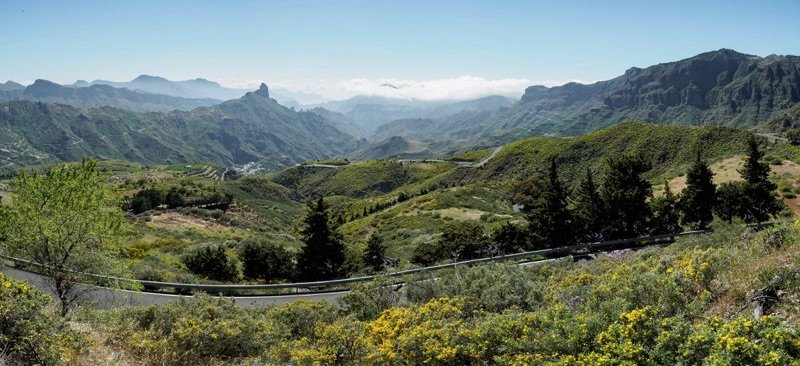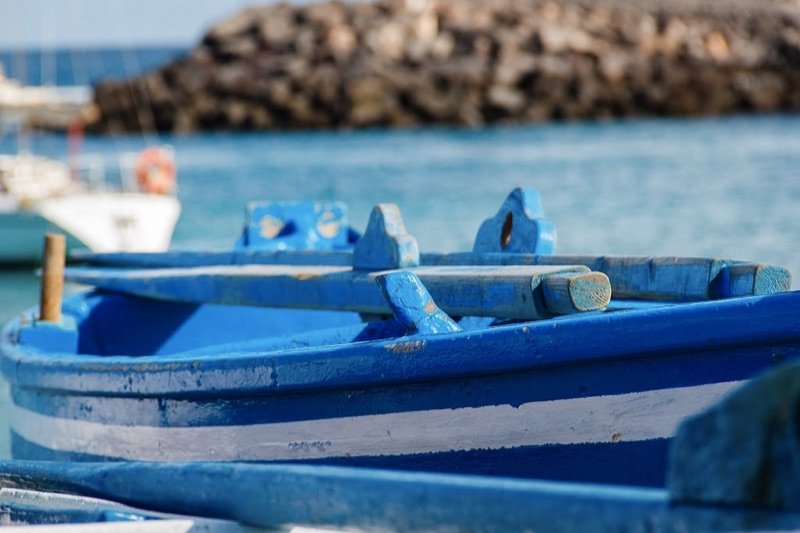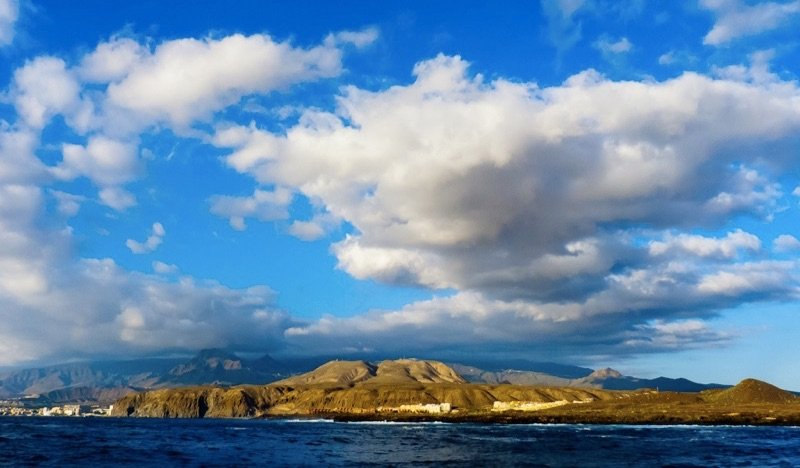Travel to the Canary Islands
If the mention of the Canary Islands makes you want to wave your hand dismissively and say something bitter about overly touristy destinations, think again. Having visited the Canaries more than once, I’ve fallen in love with these jagged bits of rock jutting out of the Atlantic. For the real feel of this charming archipelago, forgot the resorts and be ready to stray from the beaten path.
What and Where are The Canary Islands?
The Canary Islands are an archipelago that consists of seven bigger islands, and several smaller ones. The seven biggies are Gran Canaria, Fuerteventura, Lanzarote, Tenerife, La Palma, La Gomera and El Hierro. They belong to Spain but are geographically located off the southern coast of Morocco in Africa. The fascinating thing about the Canaries is that they are of volcanic origin, which is visible in some fascinating landscape throughout the islands.
The History
So – you might ask – how come these African islands are Spanish territory? Well, the history of the archipelago is a pretty interesting story. Europeans only started exploring them during the Middle Ages and they found indigenous tribes living in Neolithic-level conditions. Over the next few centuries, the Spanish and the Portuguese fought over who would colonize the islands (as was their custom back in the day), with the Spanish finally prevailing. The Canaries also suffered attacks from the Turks and even the Dutch. While all these conflicts must have been horrible, they ultimately brought different influences to the islands, and made them culturally richer.
The Weather
The weather is akin to spring all year round. The summer can get a bit hotter and is probably the best time to visit if you planned a beach holiday in the Canaries. Winters are mild, with temperatures usually ranging from 15 to 25 degrees Celsius. The one thing that might come as a surprise is that winter is the high season. It makes sense when you think about it: the rest of Europe can’t wait to escape their dreary, cold weather so they flock to the islands to catch a glimpse of the sun.
Transportation
You can reach the archipelago via normal scheduled flights from mainland Spain, or charter flights from many European cities. There are quality travel tours that offer direct charter flights to Tenerife and other Canary islands.
There are several airports on different islands. As part of Spain, all Spanish regulations and document requirements apply to enter the Canaries. Hiring a car is the best option to get around once you’re there.
Money
Like the rest of Spain, the Canaries use the Euro. If you’re looking to spend some of these, the Canaries are VAT exempt – which means cheaper shopping – woohoo! Beware of scammers trying to sell you stuff for huge sums of money (the product doesn’t exist, and they’re just trying to get your credit card info).
Water
Don’t drink the tap water. It’s not suitable for drinking, and you don’t want to end up with a bad stomach. If you don’t speak Spanish, here’s something I learned from experience: SIN gas is regular water, CON gas is sparkling.
Places to See
If you aren’t afraid of heights, take a cable car to the top of Mt. Teide in Tenerife. The ticket will set you back €27, but it’s totally worth it to see the highest peak of Spain which happens to be an active volcano as well.
Gran Canaria has its own natural wonder: the Maspalomas sand dunes. Four kilometers’ worth of sand dunes, to be exact. It is a surreal sight: some of them are as big as a house.
How do you feel about visiting the Canary Islands now? Are you ready to get over there immediately? Let us know what you think in the comments section below:)







Fantastic write up will share this to our facebook page
These islands and the Azores (belonging to Portugal) are both on my radar to check out someday. Hopefully I make it over there, they look absolutely stunning. Thanks for the write-up!
Yeah man, this story and your idea (Azores) are two places that have recently popped up for me as well. Thanks for stopping by and commenting, Nathan! Glad to keep following your travels.